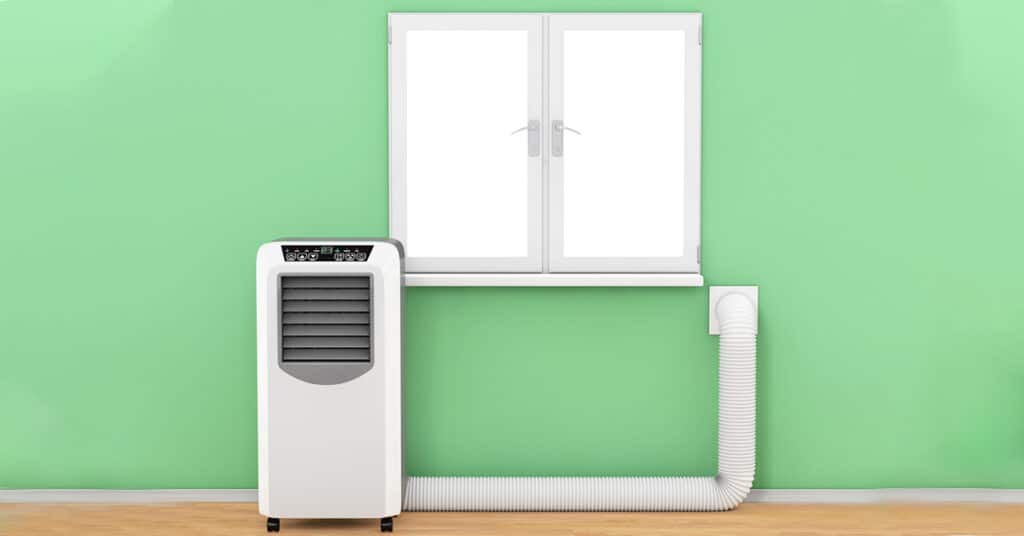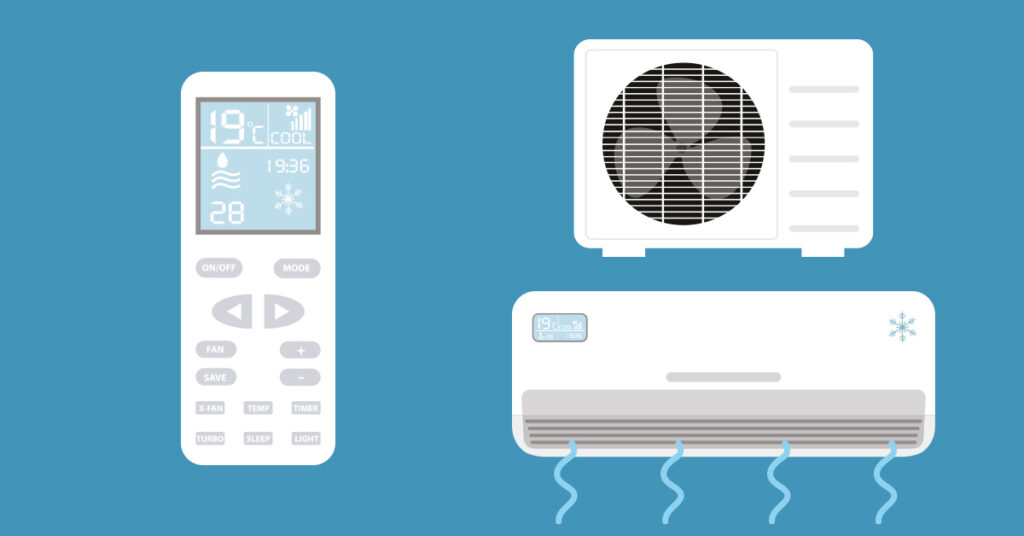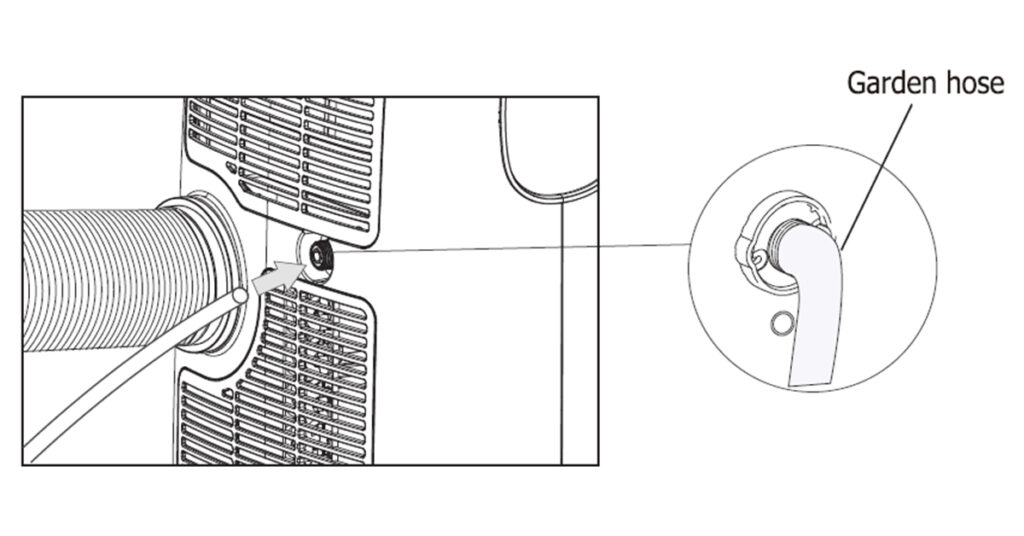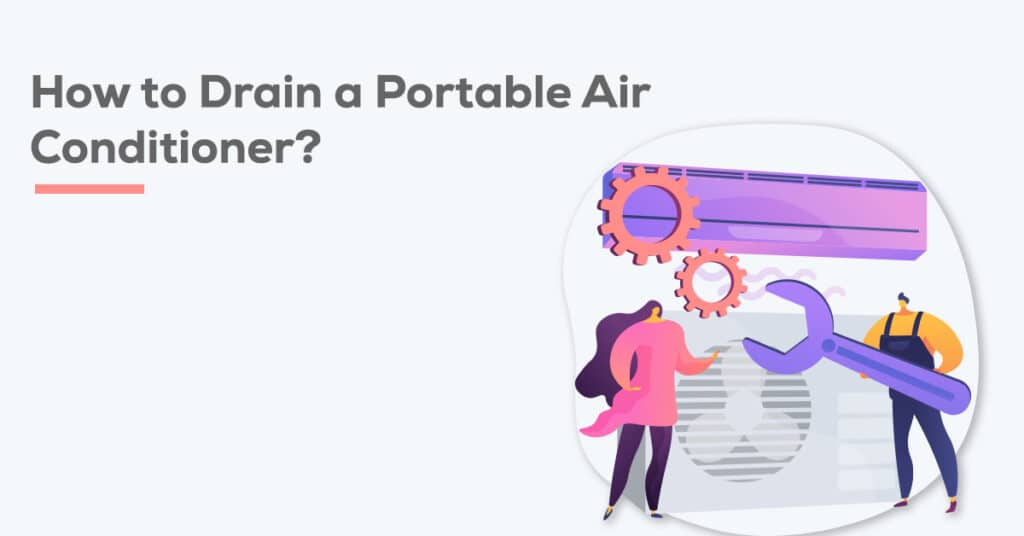Summers often come with sweat and humid weather. The outside of your home is hot and sticky so you might seek comfort in your home. We all love living in comfort. Well, summertime is the best for investing in a good AC or opt for AC services for your pre-existing AC.
Well, if you are making up your mind about investing in an Air conditioner, then there are many benefits of having an Air conditioner at your home rather than just comfort. AC keeps your home secure as all the windows and doors remain closed as well as helps in reducing the possibility of an asthma attack. AC at your home will require a cool place for you to exercise, sleep, cook, etc. fewer parasites and insects will enter your home as the doors and windows will often remain closed. As well as AC will also prevent any unnecessary noise.
There are many options available in air conditioners. There is the window, split, semi-split, portable, and many options available in the market today. But if you want to try something new and different you can go for portable ac options.
WHAT IS PORTABLE AC?
A portable air conditioner is an air conditioner that is mobile. Unlike a window, through-the-wall or central air-conditioner. Portable unit does not require permanent installation. Commonly, portable AC have caster wheels for easy portability and are relatively light weight and are generally about 28” to 34” tall.
Portable AC can serve as a great and cost-efficient way to keep your entire house comfortable throughout the summer. You can easily move it around, helping you to keep your office and bedroom clean for a fraction of the cost in a cost efficient way.

When you have purchased a portable AC, you might want to use it as well as possible with off-course maintaining a comfortable temperature of your surroundings. By installing it properly and maintaining it by proper AC installation services and AC repair service and paying attention to a number of other conditions, you can ensure that your air conditioner works optimally. Let us now look at the common queries about portable air conditioners.
DOES PORTABLE AC REQUIRES VENT?
The portable AC pulls in the warm air, cools it and expels the cooled air out in the front of the unit maintaining the temperature of your room and keeping the warm air and moisture out at the back of the unit. It is this warm air and moisture that needs to be vented out of the room you are currently cooling. The easiest and most popular way to vent your portable AC unit is through a nearby window, which is why each and every portable air conditioner we offer on our site includes an easy-to-use window snap kit.
DOES PORTABLE AIR CONDITIONER MAKES NOISE?
since most air conditioners contain both a fan and a compressor, but they sound similar to the window ac or a split ac which many of us have heard at some point or the other. before buying you can look at the decibel (dB) unit of the air conditioners which is located on each product description page. But if your current AC unit is making noise, then you can opt form AC services or get it checked and if in case of any problem you can opt for AC repair services.
ARE THESE AIR CONDITIONERS ENERGY EFFICIENT?
If you want to find out the energy efficiency of your air conditioners you can look for the five-star rating of your ac units. The higher is the five-star rating of the air conditioner, the more will be the energy saving capacity of your unit. But you want to keep in mind that the efficiency of your air conditioner unit will depend on its condition and status, so it is very important that you keep using regular AC services in order to maintain a good condition of your AC.
WHAT HAPPENS TO THE MOISTURE THAT IS PULLED OUT OF AIR?
Since portable air conditioners pull moisture as well as heat out of the air, many people are concerned about where the water goes. Many units have self-evaporative technology. This innovative technology internally processes and evaporates the collected moisture and then exhausts it out of the back of the unit. In climates that are extra humid, some water may collect in a reservoir located inside the unit. In this case, you can either manually empty the reservoir when it is full or use the integrated gravity drain. With that said, due to recent advancements in portable air conditioner technology, the need to drain is increasingly rare.
WHAT ABOUT THE DRAINING OF THE PORTABLE AIR CONDITIONERS?
Portable air conditioners require regular maintenance and functioning in order to work properly. Draining is a very essential step for the portable air conditioners to work properly and keep it running effectively. The frequency of draining of your portable air conditioners will depend on the condition of the air inside your home and also on the temperature, humidity and air quality index of your area.
HOW OFTEN YOU SHOULD DRAIN YOUR AIR CONDITIONERS?
Depending on the temperature and humidity of your area you might need to drain your portable air conditioner unit every 8 hour if you used it all day long.
If you live in a dry area you might not need to drain your portable air conditioner unit so frequently. This is because the water that you fill in your portable AC unit is used to cool down the warm air. The warmness of the air will depend on the humidity of your area. If you live in a dryer area then the AC will not need to drain much moisture and hence you won’t have to drain it much frequently.
However, nowadays modern portable air conditioners units are able to remove the moisture from the air using the exhaust vent. In order to follow this process, the air conditioner sprays water from the condensation tank onto the condensation coils, the condensate comes into contact with the hot condenser coil, it evaporates. The vapor is then blown out of your house through the exhaust hose. Most times, this method is able to get rid of the water from your portable air conditioner’s condensate tank. Only in humid climates will your portable air conditioner’s tank need to be emptied regularly.
Even if you live in a dry area, you need to make it a habit to empty your portable AC’s tank at least once a month. This will remove any residual water. It will also give you a chance to inspect your portable air conditioner’s tank for any signs of mould.
WHAT WILL HAPPEN IF YOU WILL NOT DRAIN YOUR PORTABLE AIR CONDITIONER UNIT?
- Mould will grow in your air conditioner unit- if you keep the stagnant water for a long period of time in your air conditioner, then there are chances that mould growth and reproduction might occur in the water storage vent of the AC unit without you noticing it. Mould growth happens especially in portable air conditioners that are not emptied. If water is left inside your portable AC’s tank, it creates a moist environment that is perfect for a mould colony to grow in. In order to prevent this, it is very important that you regularly drain your vent and regularly use AC services for your AC units.
- The condenser tank can overflow: – if your portable AC conditioner switch is not working then you may experience the risk of water overflow. This is not a huge problem and can be easily corrected with an AC repair service, but it can cause water damage to your home if ignored for a long term.
- The portable air conditioner unit will shut off and will not turn back off: – this can be the most common outcome if you do not drain your portable air conditioner unit, as most of the portable AC units have a built-in-float switch. The purpose of the float switch is to turn off the air conditioner if its condensate tank fills up with water. When an air conditioner has a full tank, then it is usually accompanied by an alarm that will alert you of its status. That way, you’ll know it’s time to drain the tank.
HOW CAN YOU DRAIN YOUR PORTABLE AIR CONDITIONER?
- UNPLUG THE POWER: – before you begin the process of draining your portable air condition unit, it is important that you make sure that it is disconnected from any source of power supply as it can lead to electric shock and will be harmful for you.

- Set your AC unit in a suitable place: – once you are done with turning off the power supplies of your portable air conditioner unit, you need to find a suitable place where you can discharge the water that you drain from the AC unit.
- Drain into a pan: – once you have unplugged your AC unit, carefully carry it to the sink or bathroom. You can place a pan directly under the draining port, it is generally located in the back of most units. Now you can remove the plug and allow the unit to drain. Be prepared that once you have removed the plug the water will flow freely. When the unit has completely drained you can replace the drain plug and can plug the unit back into the sockets.
- Drain with a condensate pump:- condensate pumps are the pumps which can remain plugged in to the AC units and you can drain water from the vent of your portable air conditioner unit. These pumps usually have two hoses, one connected form the pump to the AC unit and the other connected at the pump at open end to drain water. You can place the drainage end of the hose outside the window or into your drainage sink. The condensate pump will automatically turn on once a certain level of water has collected inside the vent of your portable AC unit. It will then automatically turn off once it has drained the majority of water.

- Drain with a hose: – It is common that now all the AC have a hose option, so you can manually check them before choosing any method for draining your Air conditioner vent. The drain hose can remain attached to a unit and can easily rely on gravity to drain water, meaning the hose must go downhill. Use a drain hose when the AC is in a location with a food drain such as the basement. Before you begin, confirm that the hose fits securely, with a water-tight fit, over the drain port. You may be able to use a standard garden hose, but if that will not fit properly, you can purchase an appropriate hose from a hardware store. Attach your hose to the unit for continual drainage.
- Drain into a sink, bathtub or outside:- After unplugging your unit you can carefully carry it to a sink or a bathtub. To avoid leaking, move slowly, keeping it level at all times. Note that your unit surface must sit on a flat surface. Once situated, remove the drain plug and allow the unit to drain. When the unit has completed draining, replace the drain plug, return the unit to its proper location, and plug it back in.
HOW CAN YOU SETUP A CONTINUOUS DRAIN SETUP FOR PORTABLE AIR CONDITIONER?

If you want your portable air conditioner to run on a continuous drainage system, then you will need to set up a drain hose. The drain hose will drain water from the tank automatically. One side of the drain hose attached to the condenser tank and the other side goes to a drain. The condensation hose can also be directed outside to drain. Using a drain hose will prevent your condensate tank from accumulating water. With this setup, you won’t need to worry about emptying the condensate tank.
For maintaining a good condition of your Air conditioner unit and for ensuring its proper working with the efficiency you can avail best AC services as well as AC repair services.
Read This Blog: AC Maintenance Checklist – Things you Should Know

